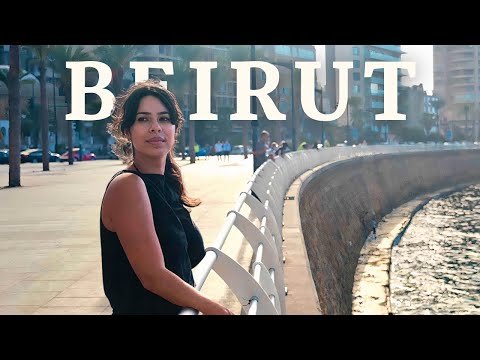
Beirut, the capital city of Lebanon, stands as a city of contrasts—a place where history and modernity collide, creating a tapestry of experiences that range from exhilarating to heartbreaking. Known for its vibrant culture, rich history, and strategic geographical location on the Mediterranean coast, Beirut has long been regarded as a crossroads of civilizations. However, it also faces significant challenges that test the resilience of its people and institutions. Here is an exploration of the good, the bad, and the ugly aspects of this fascinating city.
#### The Good
**Cultural Vibrancy**: Beirut is often referred to as the Paris of the Middle East due to its lively cultural scene and cosmopolitan vibe. The city boasts a dynamic arts scene with numerous galleries and theaters presenting both contemporary and classical works. Events like the Beirut Art Fair and Beirut International Film Festival attract artists and cinephiles from around the world.
**Historical Richness**: From Roman baths and Phoenician ports to Ottoman-era buildings and French colonial architecture, Beirut’s landscape serves as a live chronicle of centuries past. This historical diversity not only attracts tourists but also serves as a point of pride for locals.
**Educational Hub**: Home to some of the most prestigious universities in the region like American University of Beirut (AUB) and Saint Joseph University (USJ), Beirut is an educational hub attracting students from across Lebanon and neighboring countries. These institutions are pivotal in fostering a spirit of intellectualism and innovation.
**Food Scene**: Lebanese cuisine is celebrated globally for its variety and flavor, with Beirut at its heart. From upscale dining experiences in trendy neighborhoods like Mar Mikhael to traditional dishes served at street-side cafes in Hamra, food is an integral part of the city’s allure.
#### The Bad
**Political Instability**: Lebanon’s political scene is notoriously fractured, with sectarian divisions often hindering effective governance. This instability has repeatedly led to economic issues and social unrest within Beirut, affecting everything from infrastructure projects to waste management services.
**Economic Challenges**: Even before the global pandemic hit in 2020, Lebanon was grappling with a severe economic crisis including massive public debt, high unemployment rates among youths, currency devaluation, inflation pressures on households’ purchasing power. This financial strain has been palpable in Beirut where businesses have struggled to stay afloat due to lackluster economic performance nationwide.
#### The Ugly
**2019-2020 Protests**: Starting in October 2019,
Lebanon saw widespread protests against corruption
and mismanagement by political leaders that lasted several months.
These demonstrations highlighted deep-seated frustrations among
the population but also led to violence at times,
disrupting daily life across downtown Beirut.
**2020 Port Explosion**: On August 4th 2020,
a massive explosion occurred at one side
of port installations resulting from unsafe storage
of thousands tons ammonium nitrate alongside fireworks.
This tragic event not only caused significant destruction
but also claimed over 200 lives scarred many more physically psychologically.
It exposed severe systemic failings within Lebanese government authorities eliciting international outcry demands for accountability reformations systems place preventing such disasters future.
In conclusion,
Beirut remains enigmatic simultaneously inspiring daunting those who reside or visit it.
While city exudes charm through its cultural vibrancy historical richness,
faces formidable challenges form political instability economic hardship recent tragic events have further tested limits what can endure yet despite these obstacles spirit resilience continues shine through adversity making undeniably unique place world stage.
